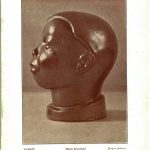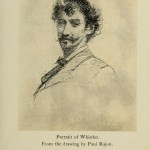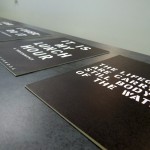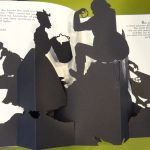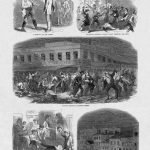 This post was written by Erin Friel, an intern at the American Art and Portrait Gallery Library, January-May 2013.
This post was written by Erin Friel, an intern at the American Art and Portrait Gallery Library, January-May 2013.
Currently on display at the National Portrait Gallery (NPG) is the installation “Bound for Freedom’s Light: African Americans and the Civil War,” which showcases portraits of familiar figures such as Frederick Douglass and Sojourner Truth, as well as contemporary news illustrations of lesser-known events. Those who would like to learn more about some of the topics in the exhibit can find information in the excellent resources at the American Art Museum/National Portrait Gallery Library (AA/PG).

